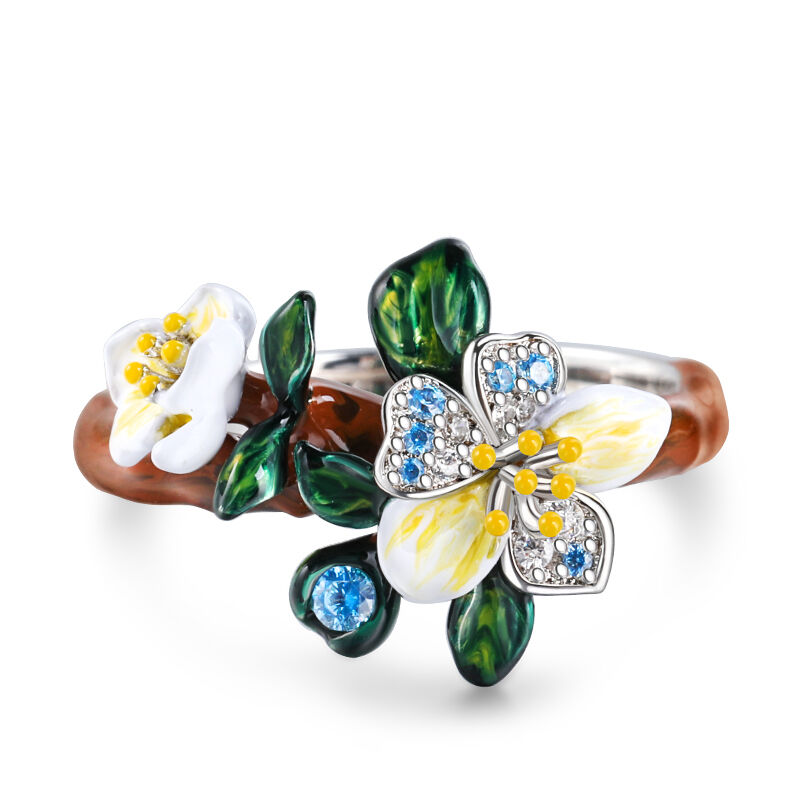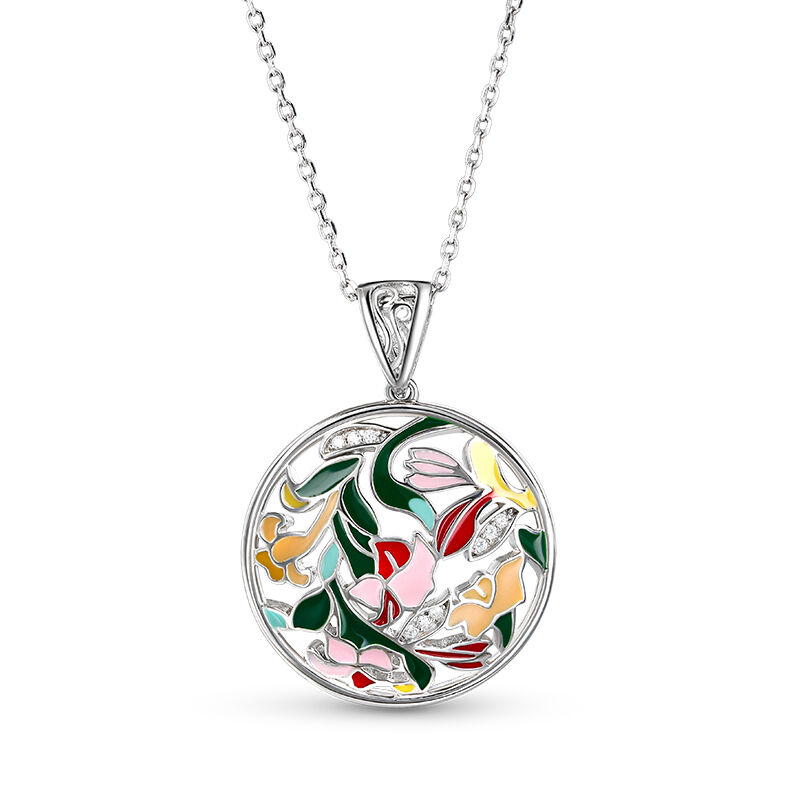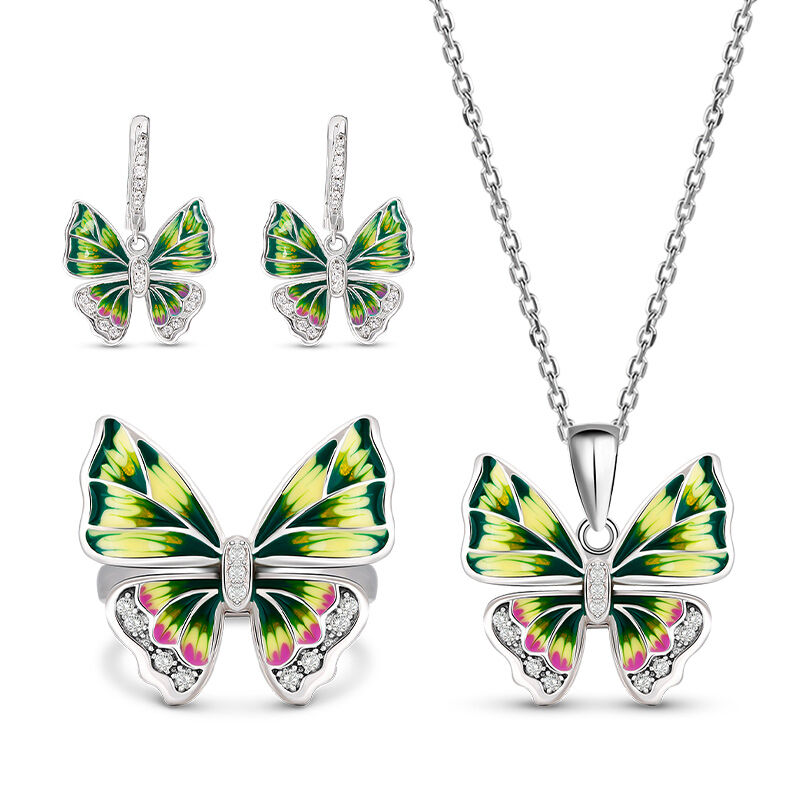The History of Enamal Craftsmanship
Enamel craftsmanship is an ancient surface decoration technique that can be traced back to ancient Greek gold jewelry in the 4th century BC. It is formed by filling the metal matrix with colored glaze, baking at 800 ℃, continuously filling the glaze four or five times, and then sintering. This process makes the color of jewelry no longer dependent on expensive gemstones, but achieved through colorful and full enamel glaze.
Classification of Enamal Craftsmanship
The finished product of enamel craftsmanship is both sturdy and fragile, sometimes cloudy, sometimes transparent, sometimes simple, sometimes colorful, displaying different aesthetic effects. According to different specific processing techniques, enamel craftsmanship can be divided into several varieties, including wire cutting enamel ware, chiseling embryo enamel ware, painting enamel ware, and transparent enamel ware. Among them, the cloisonn é enamel ware, commonly known as the “cloisonn é e”, was particularly famous during the Ming Dynasty’s Jingtai period for its unique color and craftsmanship.
Enamel craftsmanship is not limited to jewelry production, but is also widely used in fields such as jewelry and gold jewelry. It is a decorative technique that allows metal surfaces to have a luster and texture similar to gemstones. In addition, enamel craftsmanship also includes various forms such as flat filling enamel, wire cutting enamel, hollow enamel, and painted enamel, each with its unique color and texture, providing designers with a broad space for innovation.
The history of enamel craftsmanship is long, and it has been used since the ancient Egyptian period in 2000 BC. China’s enamel craftsmanship also has a long history, dating back to the Spring and Autumn period and the Warring States period. Enamel can be divided into hard enamel, soft enamel, transparent enamel, opaque enamel, etc. based on its composition and firing temperature. Each type of enamel has its unique color and texture.
Overall, enamel craftsmanship is a traditional decorative technique that integrates color, craftsmanship, and history. By high-temperature firing, a colored glaze film is formed on the metal surface, which not only enhances the decorative effect but also has properties such as wear resistance and corrosion resistance. This craft is widely used in art and handicraft production, showcasing its unique charm and value.



